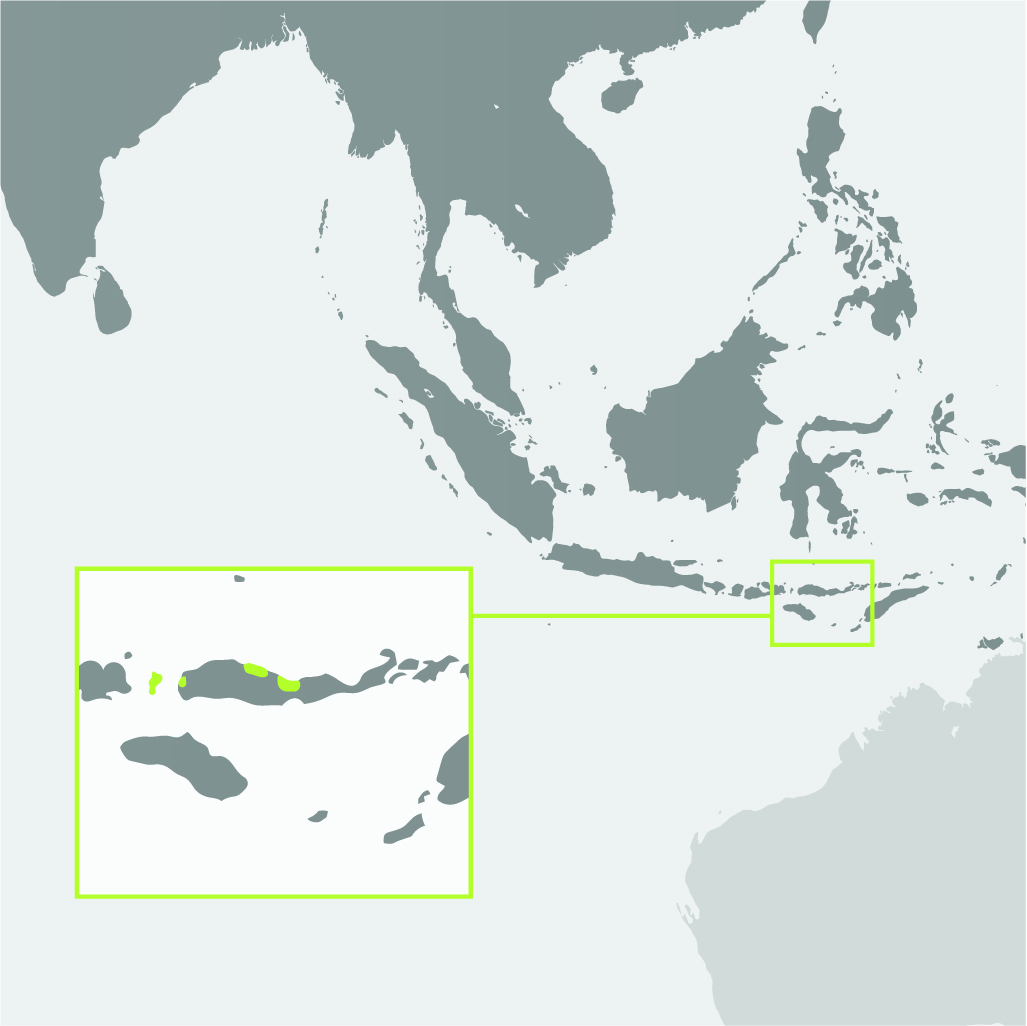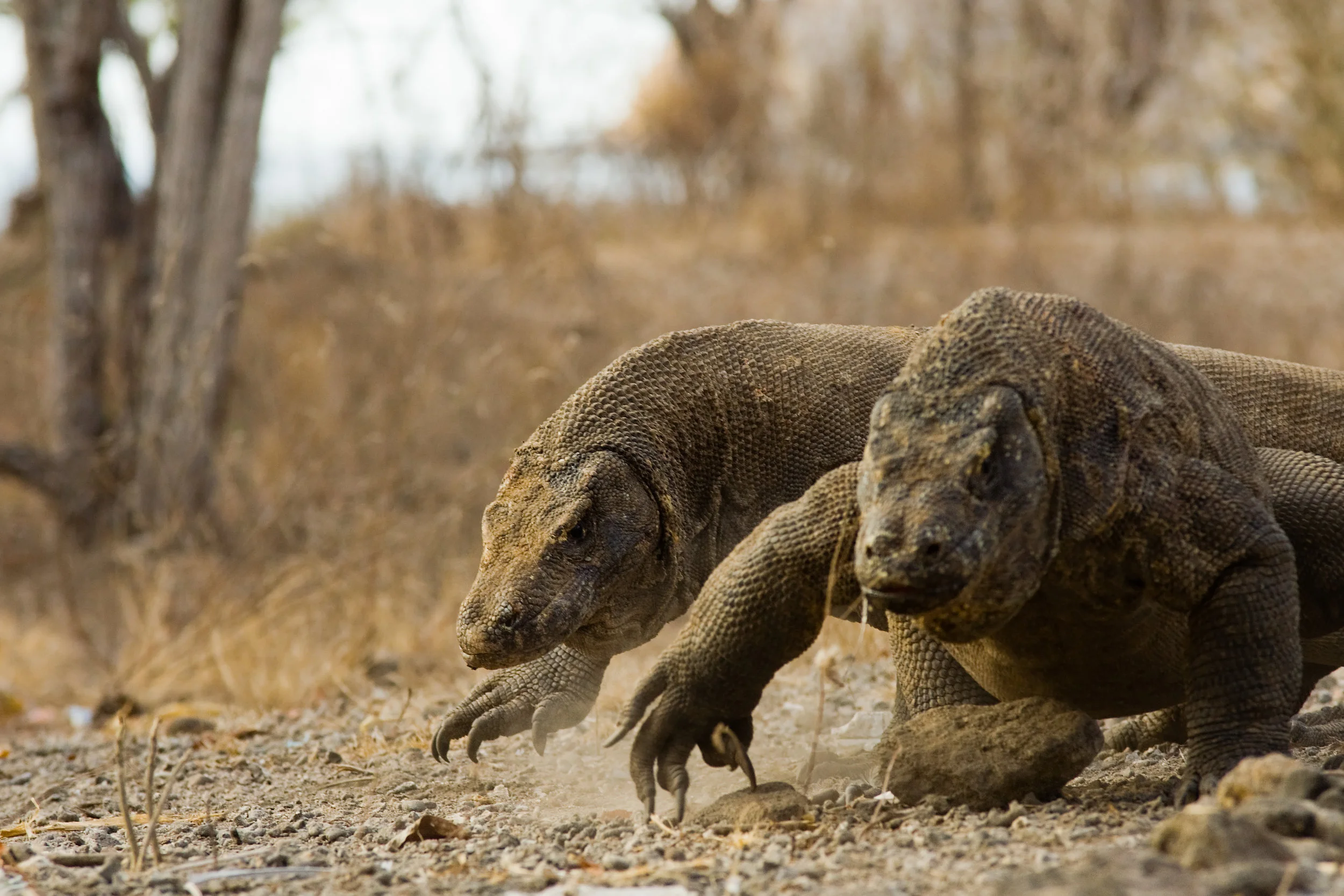Komodo Dragon
"Walk on the Beach" by Jonathan Kuo (Digital)
“The Komodo is a blast from the past. They just look prehistoric and the no-fear attitude makes them so cool to paint.”
Habitat
The current population of Komodo dragons is restricted to the volcanic Indonesian islands of Rintja, Padar and Flores, as well as its namesake, Komodo. They have a wide range of acceptable habitats, preferring lowland areas with tall grasses. However, they are also found in tropical savanna forests and sometimes on beaches, ridge tops and dry riverbeds.
Family life
The adult Komodo dragon is solitary, with the exception of mating and occasionally to gather around a kill. Komodos have been known to cannibalize juveniles, so in order to survive, they have picked up the behavior of covering themselves in fecal matter in order to deter the larger, hostile dragons. They are ritualistic in their dominance and submission structure, with involved ceremony type behavior where smaller lizards parade around a feeding circle.
Lifespan
Komodo dragons have a life expectancy of around 30 years in the wild.
Hunting Habits/Diet
The Komodo dragon can eat an enormous quantity of food in one sitting: up to 80% of its own body weight. Carrion comprises the majority of an adult individual’s diet but they are known to eat a large variety of other animals, including goats, pigs, deer, wild boar, horses, water buffalo and other Komodo dragons.
Population
The population today is approximately 4,000 to 5,000, however whether or not it is trending upwards or downwards is unknown.
Fun Fact
The Komodo dragon is the largest lizard in the world. Despite their size, they can run up to 11 miles an hour for a short period of time. Their saliva contains over 50 types of different bacteria; if its prey is lucky enough to escape its jaws, it will die from the toxic spit regardless.
Why are They Endangered?
Humans have directly impacted the ability of the Komodo dragon to survive. Prey depletion due to competition for resources remains the most significant threat. Poaching and habitat loss due to encroachment of human populations have also resulted in the reduction of the population.
Status
Vulnerable


